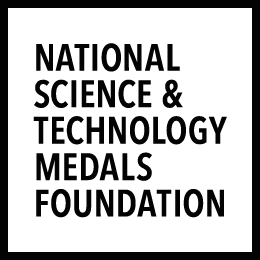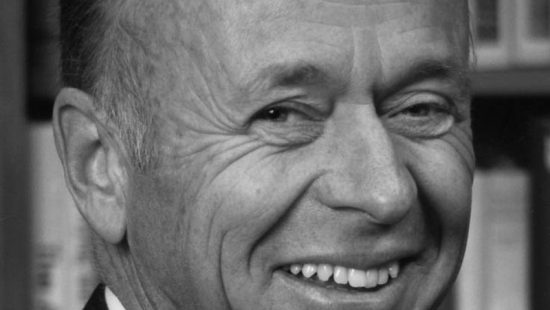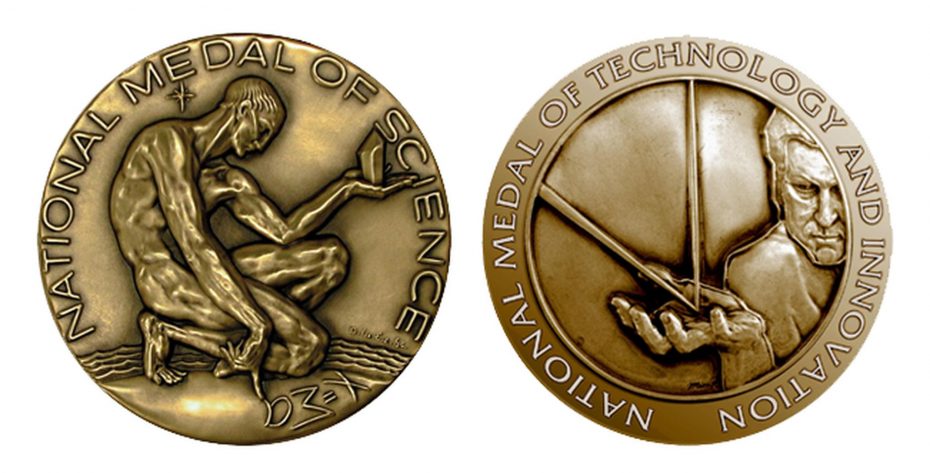Charles Reed grew up in Findlay, Ohio, and always credited his high school teachers with fostering his interest in the sciences. Reed wanted to pursue both chemistry and chemical engineering, and he combined his interests at MIT where he earned his D.Sc. in chemical engineering in 1937.
Reed accepted a permanent position with General Electric Company (GE), eventually becoming senior vice-president of corporate technology in 1971. Over the next three decades he helped transform a company known for its electrical technology into a leader of high-performance materials. Reed made great advances in silicone manufacturing—a material in hundreds of everyday products, from bathtub caulk to astronaut’s boots to football helmets—and developed the world’s first synthetic diamond.
Those that knew Reed described him as an amazing engineer, a passionate scientist, curious, humble, intuitive and inspiring. “He loved his craft, and his enthusiasm was apparent in everything he did and to every life he touched,” wrote William F. Banholzer in a book published by the National Academy of Engineering.
By Jen Santisi







